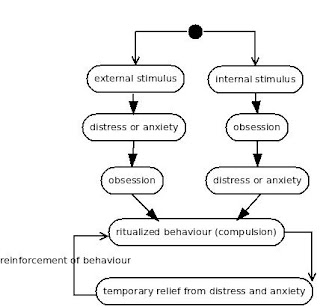6. Effet
libérateur au moment de la prononciation à voix haute du terme
"Aaa-meeen" Amen après la fatiha.
7. Effet appaisant du à la résonance du terme Amen dans l'ensemble de la mosquée.
2. La lecture du coran développe la pronciation correcte, l'élocution, aide à guérir la dyslexie, le bégaiement, stimule la mémoire.
5. Effet anxiolytique à différents niveaux (ex: récitation des sourates) : la résonance de la voix de l'imam. Également la résonnance des sourates à l'intérieur du thorax de la personne qui prie, sentiment de bien-être., également, les sorties de sons sont soient de la gorge soit nasale...
15. Il arrive que la personne qui prie sanglotte sous l'effet du sens de certains versets lus ou écoutés. Effet libérateur des sanglots quand la personne est sous pression.
16. Au moment de la salutation finale (tahiah) : la position de l'index, et la position jointe du pouce et du majeur, effet relaxant.
7. Effet appaisant du à la résonance du terme Amen dans l'ensemble de la mosquée.
2. La lecture du coran développe la pronciation correcte, l'élocution, aide à guérir la dyslexie, le bégaiement, stimule la mémoire.
5. Effet anxiolytique à différents niveaux (ex: récitation des sourates) : la résonance de la voix de l'imam. Également la résonnance des sourates à l'intérieur du thorax de la personne qui prie, sentiment de bien-être., également, les sorties de sons sont soient de la gorge soit nasale...
15. Il arrive que la personne qui prie sanglotte sous l'effet du sens de certains versets lus ou écoutés. Effet libérateur des sanglots quand la personne est sous pression.
16. Au moment de la salutation finale (tahiah) : la position de l'index, et la position jointe du pouce et du majeur, effet relaxant.
17. Positions des mains levées vers le ciel au moment du dou3a2 est très bénéfique: elle représentent un réceptacle des dons divins, et un moyen de faire parvenir ses prières.
18. Aprés le dou3a2: la personne qui prie peut embrasser la paume de ses mains pour remercier le seigneur des bienfaits, passer ses deux mains sur son visage, son torse et si souhaité ses avant-bras et bras, cela donne une impression de dons acquis, intégration des bénéfices, et de bien-etre.
20. Plus la prière est réalisée comme il se doit, plus ses bienfaits se font ressentir.
La session « tahiate zakiate » est une session de salutations finales mais c'est également une période de relaxation profonde. On a fait la prière et on se repose à la fin (travail accompli). On prend de grandes respirations, etc. le but n'est pas vraiment ça mais ça coïncide et c'est tant mieux.





